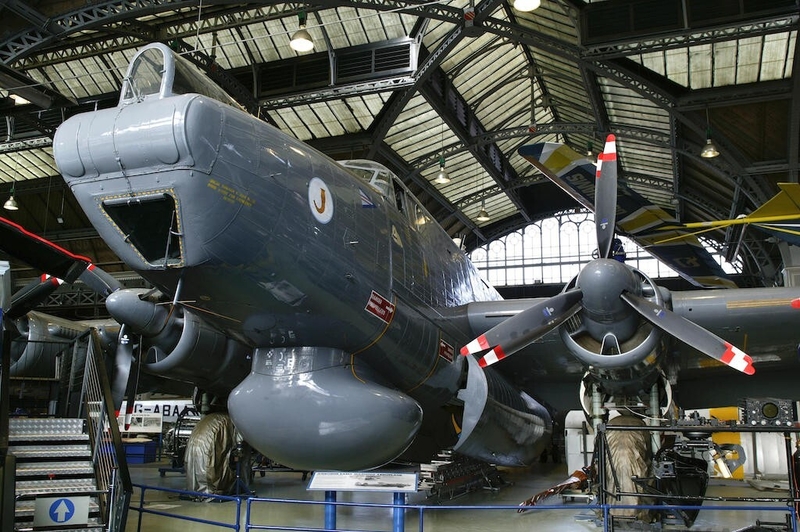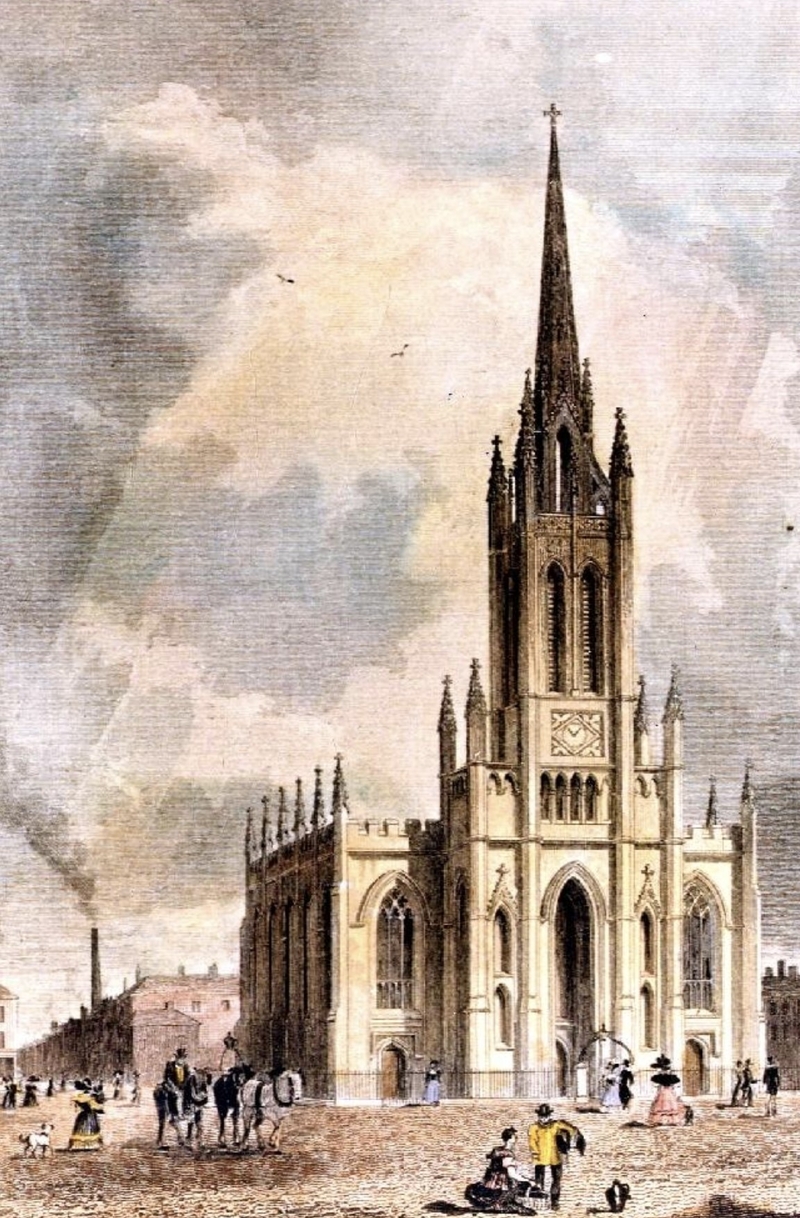Good news about fine city centre buildings but also a moment of regret
5 minute read
Levelling up, now there is a phrase being buffeted on the economic winds. Will it survive the year or waste itself in a vast blue bubble of hot air as the present zombie government lurches to its 2024 electoral denouement? At present it is unclear, although Nadine Dorries, speaking of zombies, thinks Rishi is abandoning the policy, but then she’s been in a right strop ever since her pin-up Boris was booted.
Real levelling up money has been dished out to the Oliver Twists of the North making bits and pieces of improvement
Yet real levelling up money has been dished out to the Oliver Twists of the North and they have made bits and pieces of improvement.
Thus, £17.5m of the levelling up fund is blowing down Liverpool Road to energise two fine old Grade II buildings from the 1870s. These are better known as Upper Campfield Market and Lower Campfield Market or even better known as ‘that scarcely used building behind Dimitris’ and the former Air and Space Gallery of the Science and Industry Museum (SIM).
While SIM rebuilds itself over the road, the Air and Space Gallery has ascended to the museum in the sky. The exhibits in the building, which for a while was the city's proto Manchester Central exhibition centre, have relocated elsewhere. The big AVRO Shackleton reconnaissance plane has gone to Woodford in Stockport and the AVRO Heritage Museum. It makes sense for SIM as they didn’t own Lower Campfield Market and as we noted here, the roof was as watertight as a colander.
As a result, the owner of the buildings, Manchester City Council, has sorted out an agreement with Allied London to restore the buildings for new use. Allied London will repair, refurbish and fit out the heritage buildings to create a new ‘Campfield’ technology, media and creative industries centre within Allied London’s St John’s redevelopment area. The refurbished buildings will be operated by Allied London’s ‘managed workspace platform’ All Work & Social.
The Campfield market buildings will provide 83,000 sq. ft. of workspace including a minimum of 400 hot desks. There will be meeting rooms, event spaces and other facilities accessible on a permanent occupier or drop-in basis.

The drab sixties building occupying the middle of the site, Castlefield House, is owned by Allied London. This will become part of the whole tech and media business focus of a large area of the city centre, stretching north and west and embracing Factory International events hall due to open later this year.
The total levelling up sum that was awarded was just under £20m. The remaining amount, around £2.2m, will see three railway arches opened up adjacent to HOME arts centre on Whitworth Street West. This is good news as it will help tie HOME to the city centre, open it out, rather than having it all focussed on Tony Wilson Place in the First Street development.
The aforementioned ‘drab’ office block occupies the site of one of Manchester’s most mysterious demolitions.
Why in 1951 would the city allow demolition of a famous and fine church from one of the UK’s foremost architects with national and local connections, in one of Manchester’s most historic areas? What madness was at play? Was there a levelling down programme at the time? Levelling down to the ground.
Charles Barry, later Sir Charles Barry, designed Manchester Art Gallery as well as the country’s Parliament building, the Palace of Westminster, aka Houses of Parliament. He designed several churches around Manchester as well, including one which happily survives at Stand, in Whitefield, Bury, a few miles north.
St Matthew’s Church, Campfield, now Castlefield, was perhaps Barry’s best. It was built in a fanciful Gothic-revival style, all crockets, finials, buttresses and with an elegant lantern and spire and a soaring interior complete with ornate galleries and high altar.

It was an ornament to the city embraced to the east and west by the two later iron-framed market halls (the subject of the levelling up redevelopment) created a fine architectural ensemble.
A near contemporary account describes the building thus: ‘St Matthew’s Church, Liverpool Road, founded Aug 12: consecrated Sept 24, 1825. It was constituted a district parish church (one of only three CofE parish churches in the city centre) under the provisions of the Church Building acts, the commissioners of which granted £14,000 towards its erection. It is a fine specimen of modern Gothic architecture, especially worthy of attention for its elegant lantern tower and spire, the height of which is 192ft.’
With no thought of the future and what the significance of the area might be, St Matthew’s was demolished in the 1950s to make way for an office-block which defines dull. Castlefield, after all, not only hosts the site of Roman Manchester but also that of SIM, including the Liverpool Road Station, the oldest surviving railway station anywhere, and the Bridgewater Canal the first artificial waterway of the Industrial Revolution.
St Matthew’s Church would have added to the scene, but sadly only St Matthew’s Sunday school, now offices, survives, a little way down Liverpool Road. That is a sweet building but doesn’t carry the impact of the church it served.
You can only imagine what the church might have been in 2023. A museum of Manchester perhaps, or apartments, maybe a restaurant or, crazy idea this, a market hall with stalls next to real market halls that are now technology and media 'hubs'? Or, can you imagine, an actual Church of England Church called St Matthew?
Who knows? What is clear is retention of its dramatic profile would have greatly enhanced Castlefield.
At least the fine market halls survive and will trade-up into new life. Small mercies. Thanks levelling up fund.
Read next: Hipping Hall: Stepping stone to Dales delights
Read again: Calling all freelance writers: pitch us with cracking ideas
Get the latest news to your inbox
Get the latest food & drink news and exclusive offers by email by signing up to our mailing list. This is one of the ways that Confidentials remains free to our readers and by signing up you help support our high quality, impartial and knowledgable writers. Thank you!
















